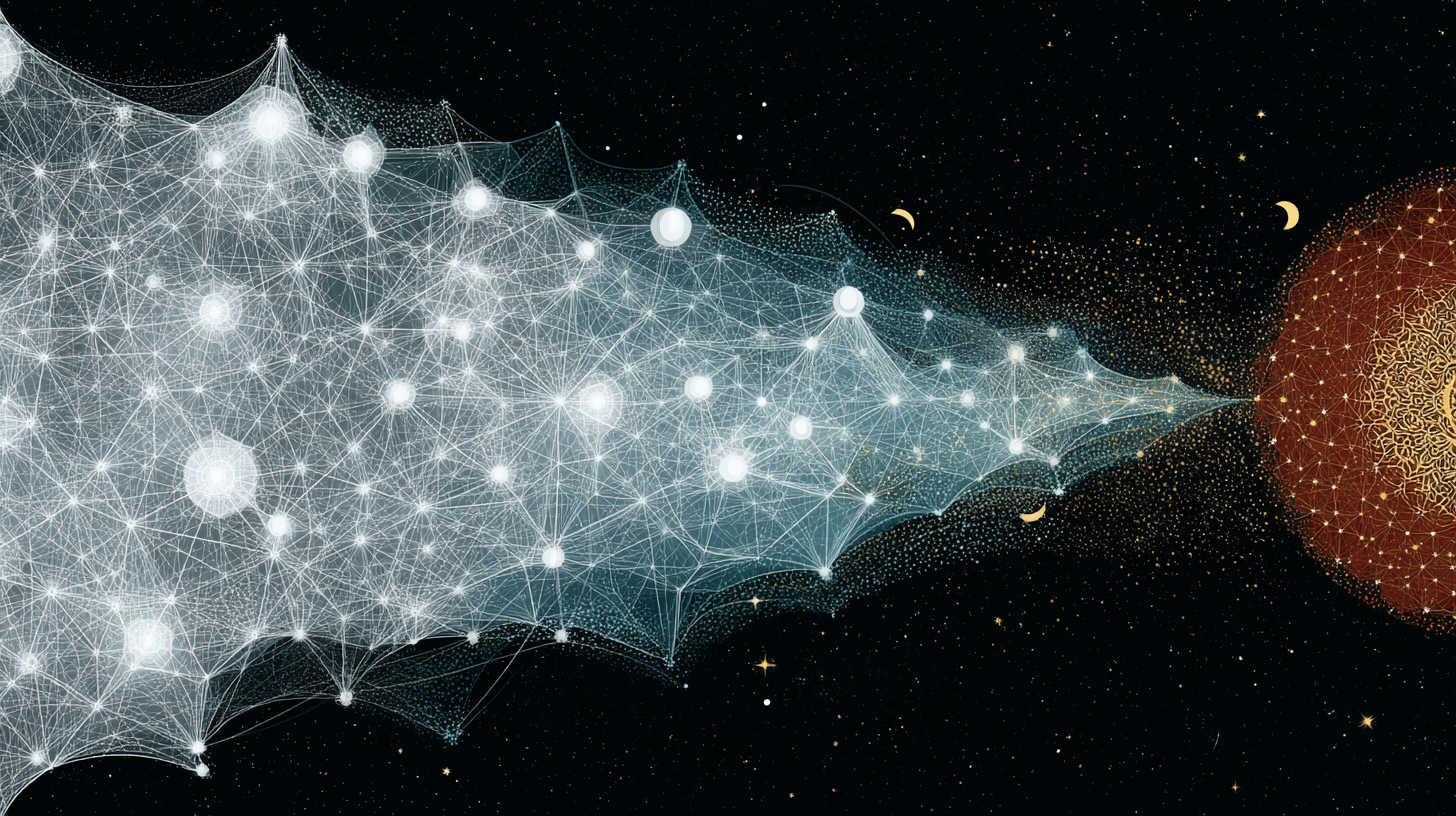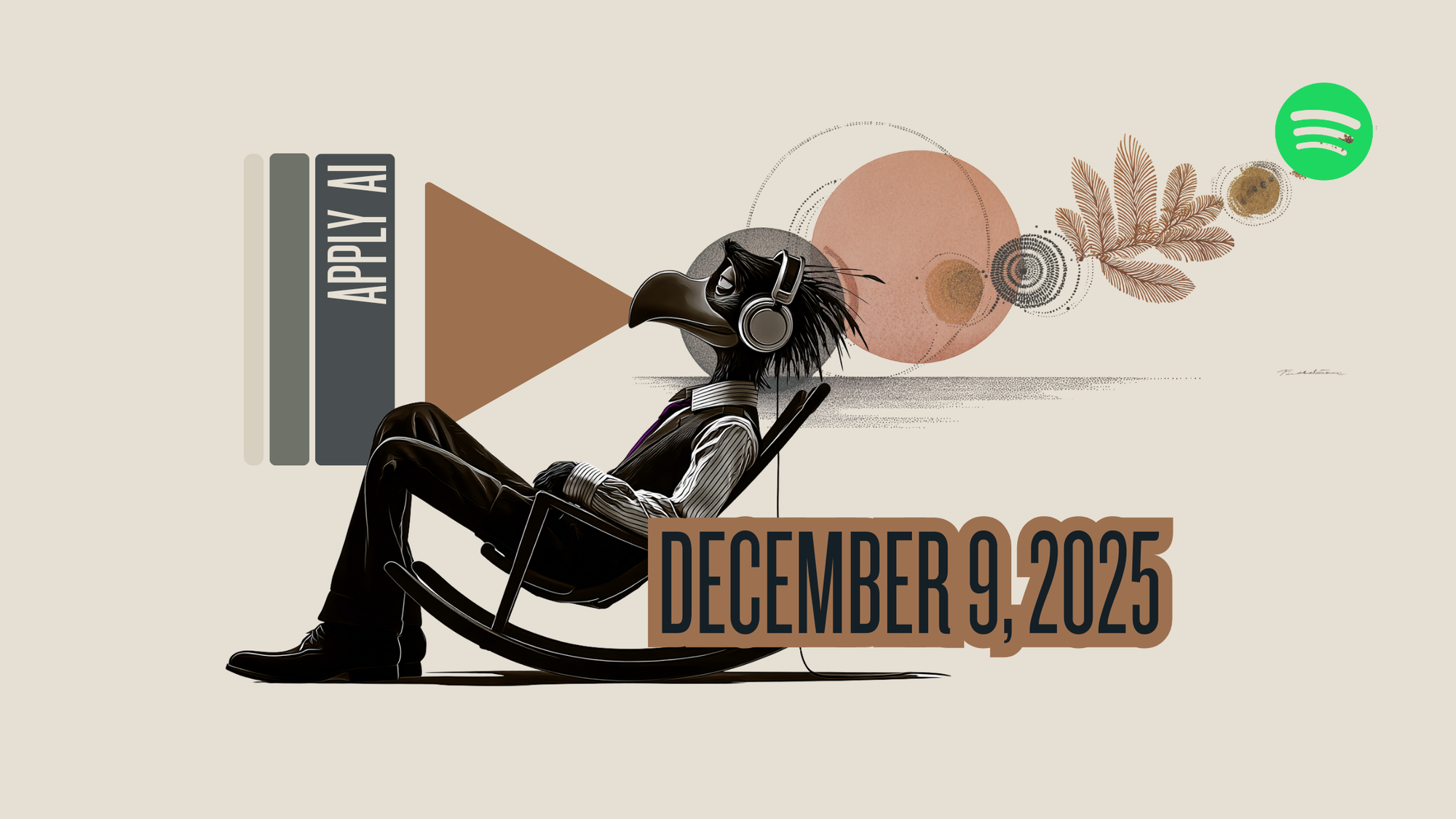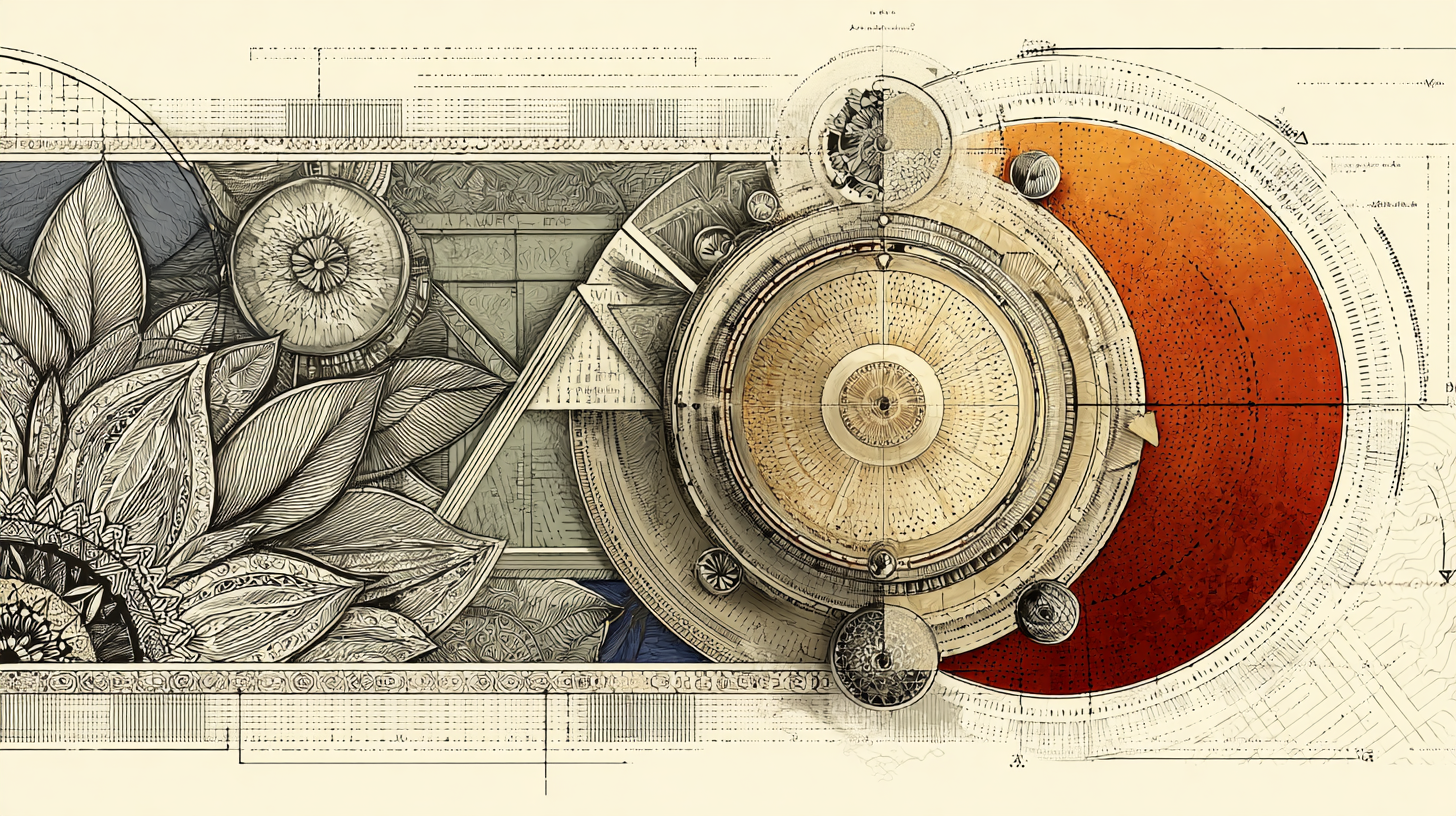Imagine trying to simulate the whole Milky Way—100 billion stars—on a computer. Normally, this would take longer than a human lifetime. But a Japanese research team found a clever shortcut. Instead of throwing out the whole physics simulation and replacing it with AI, they used AI to skip over just one stubborn problem: the tiny steps needed to model supernova explosions. With this trick, they finished in under three hours what would have taken 36 years. Not bad. Their results turned heads at the SC '25 supercomputing conference.
The real breakthrough was spotting the bottleneck. Supernova explosions forced the whole simulation to crawl along, step by tiny step, just to keep up with the chaos. Instead of tearing everything down and starting over with AI, the team trained a model to guess what happens after a supernova, letting the main simulation leap ahead. Everywhere else, they stuck with tried-and-true physics. The result? Science stays solid, but the slowest part is gone.
This flips the usual story about AI on its head. Instead of AI sweeping in to replace everything, the smarter move is to use it where it counts most. Trying to swap out all your trusted models for AI is a slow, risky business. But if you use AI to clear just the biggest roadblocks, you get faster results and keep the science you already trust.
This approach could change the game for all sorts of fields—climate science, weather prediction, ocean modeling—anywhere tiny details slow everything down. If you can use AI to leap over the slowest parts, suddenly those impossible, years-long simulations fit into a single research project.
If you’re leading a research team, maybe it’s time to stop trying to replace everything with AI and start hunting for the real bottlenecks. For anyone funding science, the lesson is the same: hybrid approaches can get you further, faster, especially when you already have good models that just need a little help to scale.














